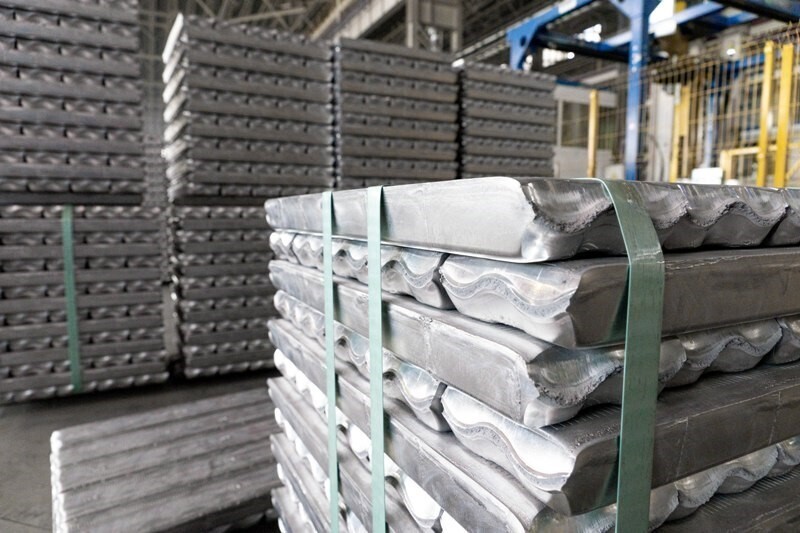

The aluminium industry in Japan is witnessing a remarkable surge in premiums for the April to June period, with negotiations resulting in a substantial 61 per cent increase over the previous quarter.

The agreed premium of $145 per tonne above the benchmark price reflects a significant uptick in demand and supply constraints, marking the first time in three quarters that premiums have surpassed the $100 per tonne milestone.
Historical context – Japan’s aluminium demand
Japan, Asia's largest importer of aluminium, has consistently set the standard for the region with its quarterly premiums over the London Metal Exchange (LME) cash price. Recent trends indicate a consistent upward trajectory, with premiums witnessing a notable 48 per cent increase from the preceding quarter, reaching the highest levels since 2018.
Factors driving premiums
The tightening of domestic supply and demand dynamics has been a pivotal factor influencing producer prices. Despite port inventories exceeding 300,000 tonnes, supply constraints are becoming increasingly evident, fueling expectations of further price hikes.
Impact of Carbon Chain and import trends
The sluggish domestic demand coupled with a significant decline in aluminium ingot imports in 2023 has contributed to the perceived undervaluation of premiums in Japan compared to other regions. However, Japan's comparatively reduced premium rates have facilitated a robust recovery, with consumers leveraging intermediate inventories to meet demand.
Forecast and market outlook
Negotiations are currently underway for aluminium premiums stocked in Japan, with producers suggesting premiums ranging between $145 and $155 per tonne. The projected rise in prices underscores the optimism among both producers and consumers, with agreements expected to be finalised by month-end.
The surge in Japan's aluminium premiums reflects a dynamic market landscape characterised by evolving supply and demand dynamics. As negotiations progress, stakeholders must remain vigilant to capitalise on emerging opportunities in this thriving sector.
If you wish to learn more about international trade dynamics, please have a look at AL Circle’s special report, Global Aluminium Industry – Key Trends to 2030.



Responses






